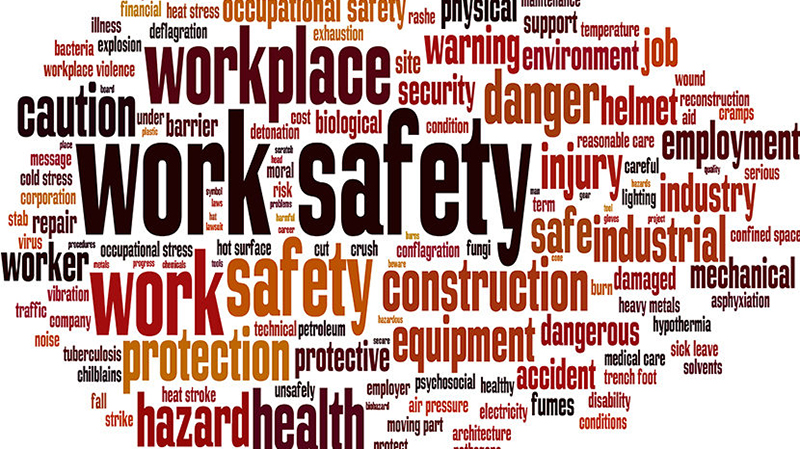
Creating a culture of safety in the workplace goes beyond minimal compliance requirements. Leaders must help nurture employees toward a personal connection to the safety program.
Below are two practical ways to establish a culture of safety:
- Leaders need to be actively involved on the frontline, consistently offer guidance, and mentor in a way that aligns with the safety principles they uphold.
- Building an ownership mindset where everyone feels responsible for safety, no matter their job title. When everyone feels responsible for safety, it creates a positive atmosphere and a healthier work environment.
Instead of just getting workers to participate in safety activities, it’s essential to build a culture where safety becomes an integral part of the organizational fabric, seamlessly integrated into everyday operations. This normalization of safety transforms it into a fundamental aspect of everything the company does.
A safety culture encompasses the values, attitudes, and behaviors that drive the organization and is an absolute priority for every employee. By creating such a culture, leaders can ensure that safety is not just a set of rules and regulations but a fundamental aspect of the organizational identity.
Our safety team is available to help members transition their safety program from minimal compliance to quality safety practices. Contact us at [email protected] to learn more.

